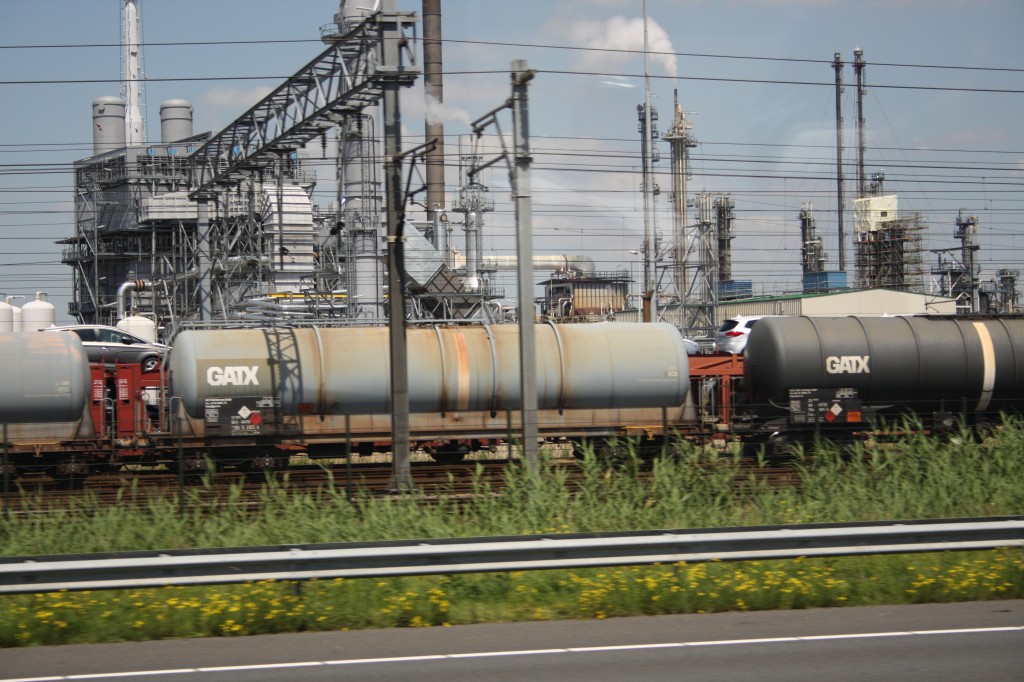Long viewed as a more expensive short-term solution to pipelines, it appears transporting crude oil via rail is likely to continue in conjunction with pipeline infrastructure. As North American oil production crept steadily higher over the past several years, the output surge overwhelmed existing pipelines and producers turned to railroads to move their product. While shipping crude by rail often comes at a premium to using pipelines, rail offers some benefits as well.
Increased flexibility is chief among crude-by-rail benefits, with producers able to access more destinations than those offered by pipeline companies. Contractual arrangements are also generally more flexible with railroads than pipelines that are typically underpinned by long-term sales and purchase agreements.
TransCanada – the Canadian pipeline company seeking to build Keystone – looks to be strongly considering a move into the rail side of the liquid petroleum transport business, which suggests the company is bullish on long-term North American oil production growth and associated need to transport, refine and likely export crude oil and products through a growing maze of infrastructure that will include both rail and pipe options.
“There’s a better than 50-50 chance that we will be in that business in some form or fashion in the future,” said TransCanada CEO Russ Girling…”It’s likely a business we’re in long-term irrespective of Keystone.” – As reported by Argus Media

